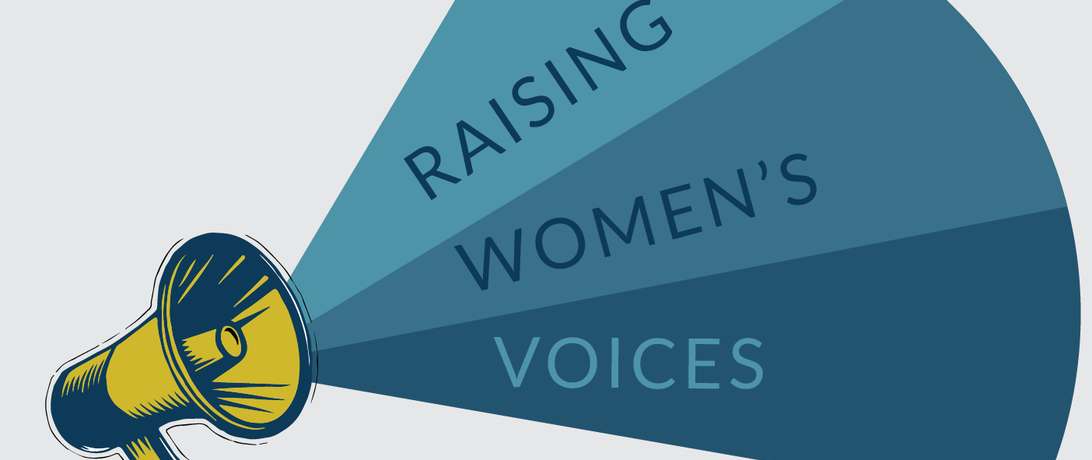
The past three presidents have made human trafficking a governance priority. But is human trafficking a threat against individuals or a national security threat? Can it be both?
This week, as the United Nations Day Against Human Trafficking is recognized, we are reflecting on the nature of policy frameworks surrounding issues outside of the traditional security structure. Increasingly identified as a national security threat, human trafficking straddles the line between a crime against an individual and one against human dignity. Realizing the danger in a culture of complicity that exists alongside a threat like human trafficking, policymakers are beginning to acknowledge the need to include elements of “human security” to create more holistic national security policy.
A human security perspective—a focus on the safety and freedom of individuals—is often separated from what is considered a national security matter. National security issues are traditionally understood as external threats against the state’s ability to govern or as state-to-state conflicts. Often because of this disconnect, human security issues are not elevated to the same platform of governance priority.
UN General Assembly resolution 66/290 notes that “human security is an approach to assist Member States in identifying and addressing widespread and cross-cutting challenges to the survival, livelihood and dignity of their people.” It calls for “people-centred, comprehensive, context-specific and prevention-oriented responses that strengthen the protection and empowerment of all people.”
Critics of human security argue that when the definition of national security becomes too broad or vague, it loses its potency and ability to guide policy creation. Another viewpoint sees a human security agenda as a means for member states of the United Nations to continuously intervene, threatening the sovereignty of states to legislate on matters of their own populations. This debate is critical to continue within academic and policymaking circles as the impacts of globalization change how we interact and our ability to create better foreign policy for the future.
The crucial part we want to highlight within this discussion is how women view security differently from traditional definitions. We know this from our Global Polling Project, with responses from over 350 women across 60 countries. Their criteria included effective institutions, health care, justice, financial stability, agency, freedom of movement—concerns that are usually identified along the lines of human security. If policymakers are unable to find a way to embed human security within the national security policy framework, they risk leaving out what half of the world’s population defines as security.
How important is it to understand women’s perspectives in the battle against human trafficking? According to Global Estimates of Modern Slavery: Forced Labour and Forced Marriage from the International Labour Organization, women and girls are disproportionately affected by forced labor, accounting for 99 percent of victims in the commercial sex industry and 58 percent in other sectors. In a UN Security Council briefing in October of 2018, Maria Grazia Giammarinaro, the special rapporteur on trafficking in persons, urged the inclusion of more women in conflict and post-conflict plans to increase awareness of the unique vulnerabilities they face.
When countries are rebuilding after a conflict, there is a danger of trafficking becoming entrenched if it is not confronted with an inclusive gender perspective. “Preventive anti-trafficking measures should be considered both as life-saving interventions and as being aimed at preventing violence against women,” Giammarinaro said.
“It is vital that trafficking be fully integrated into the Security Council’s ‘Women, Peace and Security’ [WPS] agenda, which prioritises the importance of women’s participation throughout the peace process, from conflict prevention to peacebuilding and peacekeeping,” Giammarinaro continued. The WPS agenda is supported by four pillars—prevention, participation, protection, and gender mainstreaming. These pillars are the foundation for states to build their own national action plans on the issue.
“Trafficking needs to be fully integrated into these four pillars, to ensure more effective human rights–based and gender-sensitive anti-trafficking responses and long-term solutions for survivors in conflict and post-conflict settings,” the UN expert said.
With the release of the 2018 Trafficking in Persons Report, Secretary of State Mike Pompeo proclaimed human trafficking as a threat to national security. In his statement, he outlines how trafficking undermines the rule of law, deprives millions of their freedom, and presents a threat to public safety and national security everywhere.
For too long, security solutions have not specifically addressed the impact of conflict on the protection and freedom of citizens, particularly women. But this is changing. Human trafficking is one of the “human security” topics that has captured international attention for the long-term, pervasive effects it can have on the rule of law and stability of a state’s governance.
It is crucial to tightly weave the safety of individuals and the “peripheral” security concerns women identify—effective institutions, access to education, agency, gender based violence, freedom of movement and expression—into the conversation of “national security.” If not the protection of individuals’ humanity, who or what are we actually securing?
Article Details
Published
Topic
Program
Content Type
Opinion & Insights